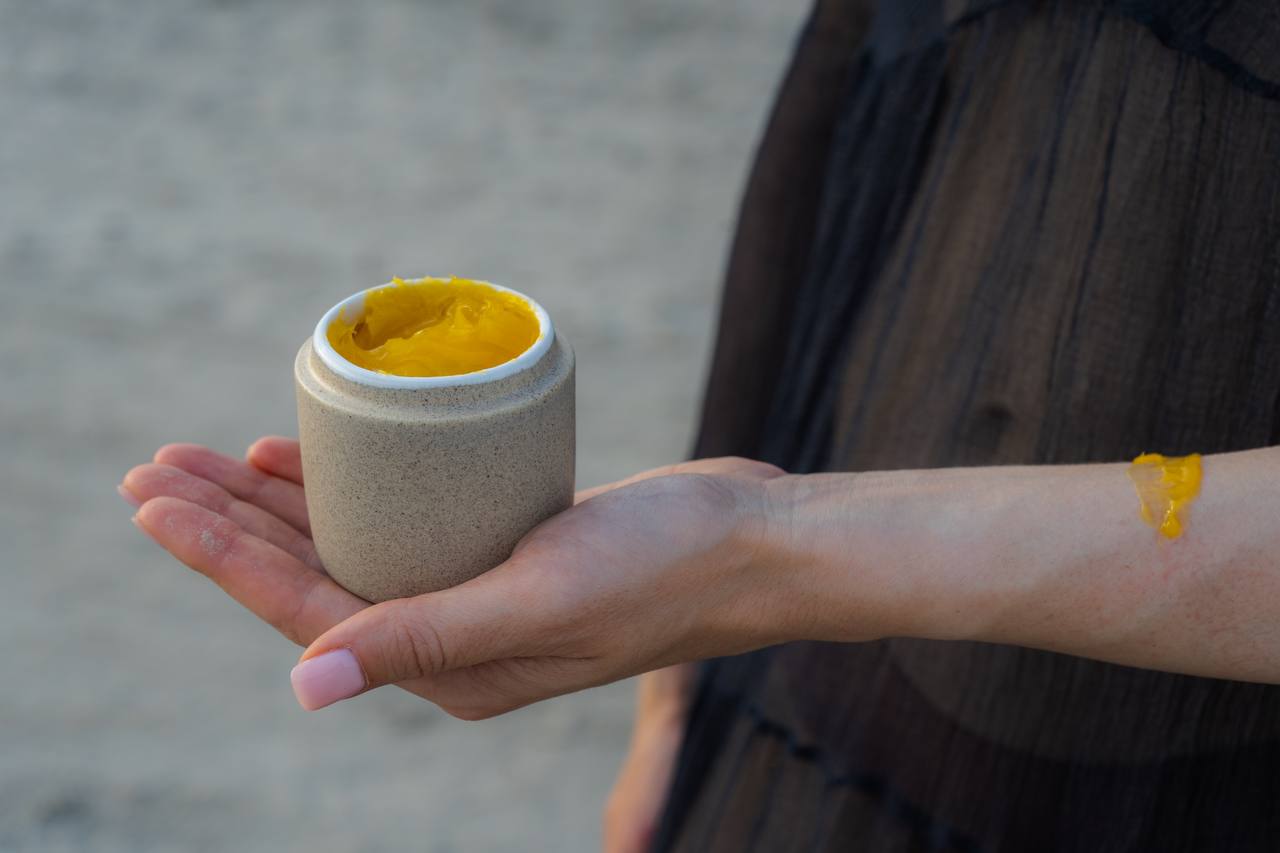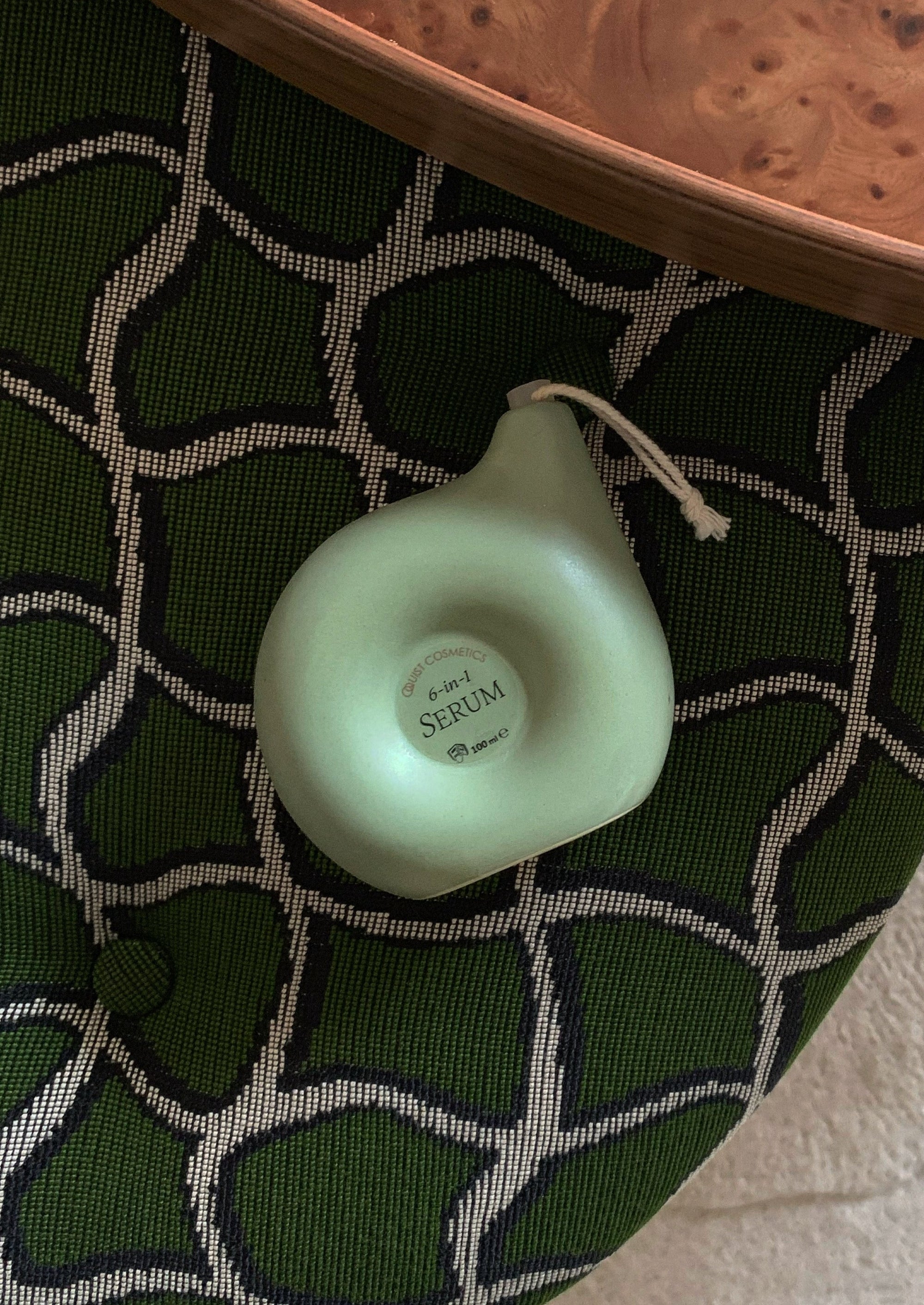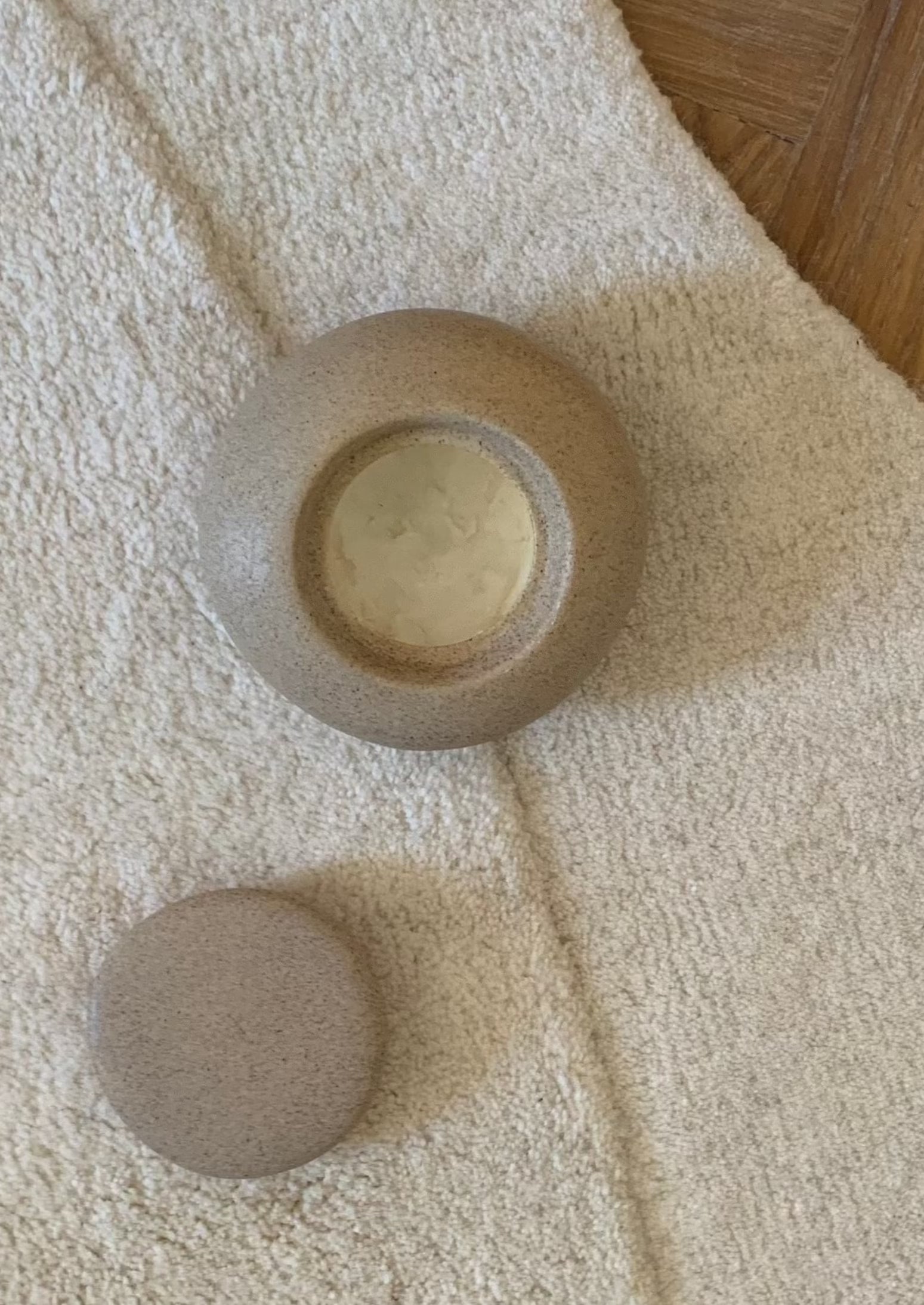

· By Olga Ringquist
The History of Cosmetics is Waterless
In the ever-evolving world of beauty, it's crucial to explore the roots of cosmetics to understand how they have transformed over time. While the cosmetic industry has seen remarkable innovations, it's essential to acknowledge the sustainable practices of the past. Join us on a journey through the history of cosmetics, unveiling a time when waterless formulations were the norm and how we are reclaiming that tradition for a healthier planet and more radiant skin.
2000 B.C., Egypt: The first documented evidence of cosmetics emerges as the Egyptians explore the beauty-enhancing properties of oils, fats, milk, herbs, and scrubs. These early cosmetic formulations highlight a connection to nature, a theme that would echo through centuries.
0 – 1700s: The beauty practices of subsequent eras continue to embrace the simplicity of nature. Animal fats, oils, honey, herbs, and essential oils become staples in cosmetic preparations, reflecting an era where purity and simplicity defined beauty regimens.
1800s: The dawn of commercialization marks a shift in cosmetic production. Vaselin, baby powder, and cerat-like products become popular, introducing the notion of convenience and standardized beauty products. However, the core ingredients still echo the essence of nature.
1900s: A significant turning point unfolds as preservatives are invented initially for the food industry, soon finding their way into cosmetics. This innovation ushers in an era of mass production, making cosmetics more affordable and extending their shelf life. However, this convenience comes at a cost, introducing various synthetic chemicals that may not be ideal for our skin's health and the environment.
2000s: In response to the chemical influx impacting our microbiome and the environment, the 21st century witnesses a resurgence of waterless skincare. The Clean Beauty movement gains momentum, advocating for cosmetics that are free from unnecessary chemicals. Waterless skincare products, embracing oils, herbs, and natural ingredients, become a beacon of sustainability, harking back to the origins of cosmetic traditions.
The Environmental Impact:
While the industrialization of cosmetics brought accessibility and affordability, it also ushered in concerns about the environmental impact. Water-dependent formulations often necessitated the use of preservatives, stabilizers, and synthetic chemicals, contributing to pollution and posing potential harm to the skin and the planet.
Benefits of Waterless Skincare:
-
Reduced Environmental Footprint: Waterless formulations significantly decrease the carbon footprint associated with production, transportation, and disposal of cosmetic products.
-
Preservative-Free Formulations: Without water, there's no need for harsh preservatives, reducing the risk of skin irritation and promoting a healthier complexion.
-
Concentrated Actives: By excluding water, we can focus on potent botanicals and minerals, delivering maximum benefits to your skin with every application.
-
Long-Lasting Products: Waterless formulations often boast a longer shelf life without compromising the integrity of the ingredients, reducing product wastage.
Embracing a Sustainable Future:
As we revisit the historical roots of cosmetics, it becomes evident that the waterless revolution is not just a return to tradition but a commitment to a sustainable future. By opting for waterless skincare, you join a movement that values the planet and prioritizes the well-being of your skin.
Conclusion:
The history of cosmetics is a tale of evolution, from waterless simplicity to industrial complexity and back to mindful, sustainable practices. Embracing the waterless skincare revolution is not just a nod to tradition; it's a conscious choice to protect our skin, our planet, and the legacy of beauty that transcends time. Join us in redefining beauty by looking to the past for a more sustainable future.
Sincerely yours,
Olga Ringquist




